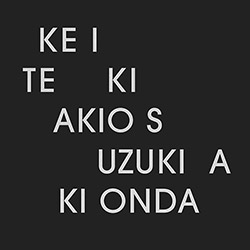
"Ke I Te Ki" signifies the sound of an alarm, as frequent collaborators Akio Suzuki and Aki Onda push themselves in a live multi-track recording at the NY Emily Harvey Foundation (former home of Fluxus founder George Maciunas), using field recordings, objects, layers of melody and rhythm, sustained drones, and diverse textures and timbres to create these absorbing recordings.
Out of Stock
Quantity in Basket: None
Log In to use our Wish List
Shipping Weight: 1.00 units
Sample The Album:
Click an artist name above to see in-stock items for that artist.
UPC: 739027482147
Label: Room40
Catalog ID: RM 499CD
Squidco Product Code: 26660
Format: CD
Condition: New
Released: 2018
Country: Australia
Packaging: Cardboard sleeve, sealed
Recorded at The Emily Harvey Foundation, in New York City, New York, in Fall, 2015.
"Akio Suzuki and I [Aki Onda] have been performing together frequently for the last five years; we have a tendency to perceive sound as space, or to always consider sound in relation to space. We don't usually hear sound sources as they actually are, since they are always modified by a space's acoustics and its reflections, absorptions, and attenuation. Sound is affected by the conditions and characteristics of a particular setting. We respond to the extra acoustics of these phenomena. Our ears have to be wide open, constantly adjusting to ever-changing detail. In performance, we opt for opens space where the audience can surround us or position themselves throughout the space. We also like tailoring site-specific performances to unusual locations, creating a dialogue between us and the environment.
Ke I Te Ki was recorded in New York City in 2015 at The Emily Harvey Foundation - a SoHo loft-style art space that was once the studio of Fluxus founder George Maciunas. It is a historic building of New York avant-garde culture, and the last of the artist co-ops that Maciunas created in New York City. We had one day of preparation for the multi-track recording, performing for two nights surrounded by a limited but packed audience. The loft is itself quite constrained, and Akio and I needed a significant portion of the floor to place our gear and roam around. Microphones were everywhere, since our sounds diffused across the space.
My role was to set an assortment of "scenes" with field recordings, sustained drones generated by an industrial electric fan, and electronic tones and pulses from radios, et cetera. Akio then built upon these with layers of melodies and rhythmic patterns, while we both engaged in fabricating distinctive texture and timbre. Akio kept changing his instruments, bringing surprises and sudden changes, creating contrast and powerful tension.
Ke I Te Ki in Japanese means the sound of an alarm, or a whistle to call attention to a hazardous event. We hoped to develop our style by adopting a set of self-imposed rules related to the multi-directional soundscape, acoustical response to the space, and implementation of visual elements. Akio suggested the name Ke I Te Ki as a reminder to push ourselves further. It was a lesson for us in questioning 'norms' and exploring other possibilities."-Aki Onda
Artist Biographies
• Show Bio for Akio Suzuki "Akio Suzuki is known as a pioneer of sound art, but the breadth of his activities and the form of his works far exceeds the normal boundaries of sound art. It is perhaps more as a "quester after sound and space" that he has received the most attention from artists in many fields.Suzuki's journey as an artist began in 1963 with a performance at Nagoya station, in which he threw a bucket full of junk down a staircase. The inspiration behind this performance - the idea that if one were to hurl an object down a well-balanced stairway, a pleasant rhythm might be the result - took the desire to "listen" as its subject. That desire to hear, to listen has remained the one constant in Suzuki's stance as an artist. During the sixties, Suzuki's sense of playfulness led him to undertake a series of Self-Study Events, where he explored the processes of "throwing" and "following", taking the natural world as his collaborator. The experiences he gained in these events led him in the seventies to invent an echo instrument he named Analapos. The instrument's structure resembles that of two mirrors facing each other, reflecting into infinity. As an extension of the principles underlying Analapos, Suzuki constructed the Hinatabokko no kukan (Space in the Sun) in 1988. This space consists of two huge parallel walls, in between which the artist can sit all day and purify his hearing by listening to the reflected sounds of nature. This space leads the artist to discover a new method of listening. Suzuki himself comments, "Sound, which had been conceptually imprisoned in various spaces, is freed to circle the world." From the late seventies and through the eighties, Suzuki also developed a form of performance he refers to as Conceptual Soundwork. Applying a number of self-imposed, simple and austere rules, he uses objects close at hand in a mode of "intellectual play". While these events do on the one hand express a critique of meaningless improvised performance, at the same time Suzuki is constantly aware of the audience's process of listening and he attempts to create contemporaneous connections with the site of performance. It was around this time that Suzuki began to travel frequently to the US and Europe, and his performances at leading music festivals, Festival d'Automne (Paris, 1978) and Documenta 8 (Kassel, 1987) were rapturously received. As sound art enjoyed a period of prosperity in the nineties, Suzuki was given the chance to create many installations, particularly in Berlin. Worthy of special note were his soundless installations, such as Otodate (Echo point, 1996) in Berlin, Enghien-les-Bains (since 1997, http://www.insitu-enghien.org/) and Strasbourg; Hana (Flower, 1997) at the Stadtgalarie Saarbrucken; and Pyramid (1999) which involved people excavating sounds. These soundless pieces were not designed to critique the old perceptual theories of music, rather they questioned the very location of music. Through their encounter with these works, the past experiences and memories of viewers were reconstructed as new experiences. This process was fundamental to the action of "listening" to the works. From the late seventies and through the eighties, Suzuki also developed a form of performance he refers to as Conceptual Soundwork. Applying a number of self-imposed, simple and austere rules, he uses objects close at hand in a mode of "intellectual play". While these events do on the one hand express a critique of meaningless improvised performance, at the same time Suzuki is constantly aware of the audience's process of listening and he attempts to create contemporaneous connections with the site of performance. It was around this time that Suzuki began to travel frequently to the US and Europe, and his performances at leading music festivals, Festival d'Automne (Paris, 1978) and Documenta 8 (Kassel, 1987) were rapturously received. As sound art enjoyed a period of prosperity in the nineties, Suzuki was given the chance to create many installations, particularly in Berlin. Worthy of special note were his soundless installations, such as Otodate (Echo point, 1996) in Berlin, Enghien-les-Bains (since 1997, http://www.insitu-enghien.org/) and Strasbourg; Hana (Flower, 1997) at the Stadtgalarie Saarbrucken; and Pyramid (1999) which involved people excavating sounds. These soundless pieces were not designed to critique the old perceptual theories of music, rather they questioned the very location of music. Through their encounter with these works, the past experiences and memories of viewers were reconstructed as new experiences. This process was fundamental to the action of "listening" to the works." ^ Hide Bio for Akio Suzuki • Show Bio for Aki Onda "Aki Onda is a composer, performer, visual artist, and curator. Onda was born in Japan and currently resides in New York. He is particularly known for his "Cassette Memories" - works compiled from a "sound diary" of field-recordings collected by using the cassette Walkman over a span of last quarter-century. He creates compositions, performances, and visual artworks from those sound memories. Onda often works in interdisciplinary fields and collaborates with filmmakers, visual artists, and choreographers. His on-going projects include "Nervous Magic Lantern" with Ken Jacobs, improvisation trio with Michael Snow and Alan Licht, visual-sound installation/performance with Raha Raissnia, and site-specific happening with Akio Suzuki. Onda has performed at The Kitchen, MoMA, P.S.1 MOMA, ISSUE Project Room (New York), Time-Based Art Festival (Portland), Images Festival (Toronto), ICA (London), Louvre Museum, Palais de Tokyo, Fondation Cartier (Paris), Argos, Bozar, Wiels (Brussels), International Film Festival Rotterdam, Nam June Paik Art Center (Seoul), Sound Live Tokyo (Tokyo) and many others. Onda is also active as a curator. He is a director of TPAM (Performing Arts Meeting in Yokohama) in Japan, and organized major performances and exhibitions throughout North America." ^ Hide Bio for Aki Onda
11/20/2024
Have a better biography or biography source? Please Contact Us so that we can update this biography.
11/20/2024
Have a better biography or biography source? Please Contact Us so that we can update this biography.
Track Listing:
1. Ke I Te Ki 23:20
2. Yo Ru No To Ba Ri 11:10
3. Hi Ka Ri 25:09
Electro-Acoustic
Sound, Noise, &c.
Field Recordings
Installation Sound Work
NY Downtown & Metropolitan Jazz/Improv
Asian Improvisation & Jazz
Duo Recordings
New in Experimental & Electronic Music
Search for other titles on the label:
Room40.
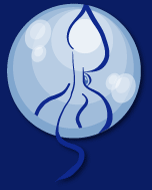

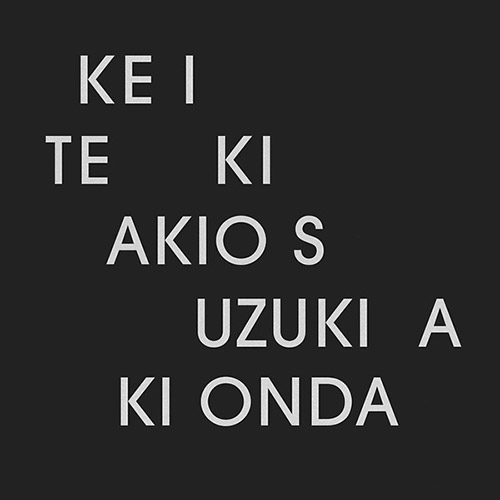
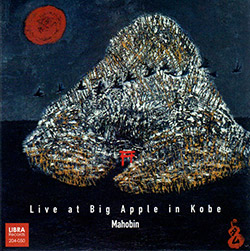
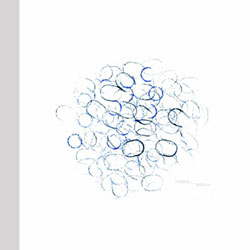
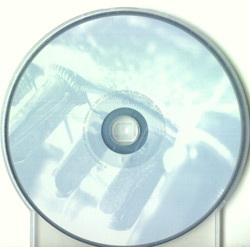
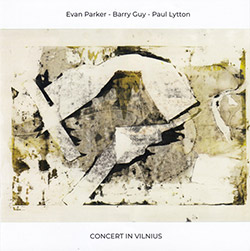
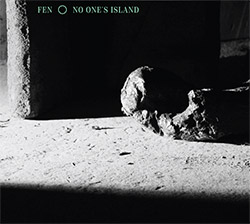
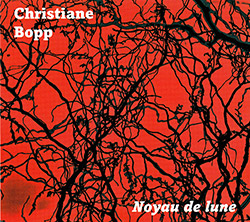
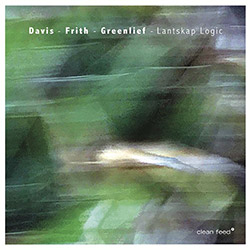

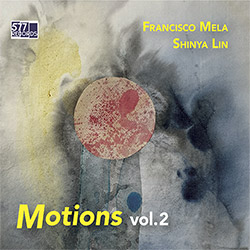
![Guy, Barry / Ken Vandermark: Occasional Poems [2 CDs]](https://www.teuthida.com/productImages/misc4/34849.jpg)
![Novoa / Carter / Mela Trio: Vol.1 [VINYL]](https://www.teuthida.com/productImages/misc4/35236.jpg)
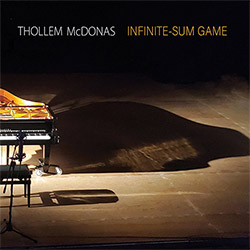
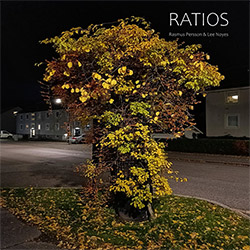
![Elephant9 : Mythical River [VINYL]](https://www.teuthida.com/productImages/misc4/34624.jpg)
![Evans, Peter (Evans / Eldh / Black): Extra [VINYL]](https://www.teuthida.com/productImages/misc4/35279.jpg)
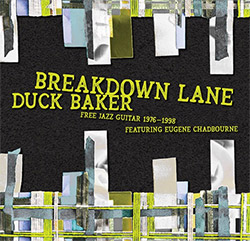
![McPhee, Joe: Straight Up, Without Wings [BOOK]](https://www.teuthida.com/productImages/misc4/35454.jpg)
![Jeck, Philip: rpm [2 CDs]](https://www.teuthida.com/productImages/misc4/35455.jpg)
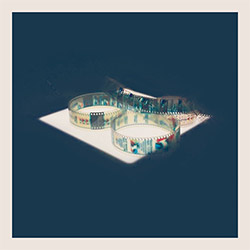
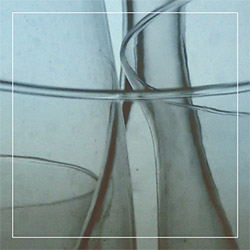
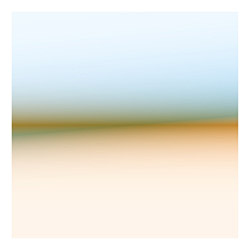
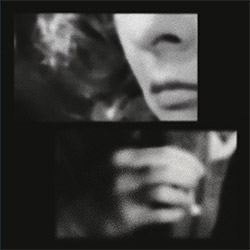
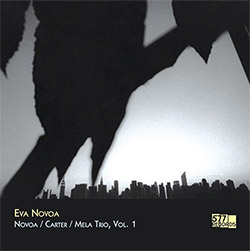
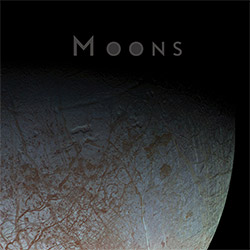
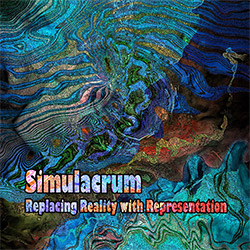
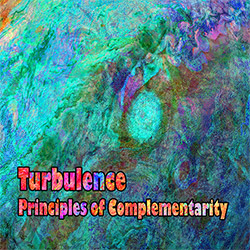
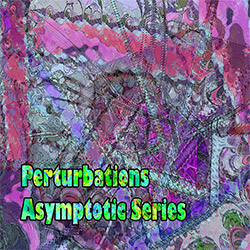
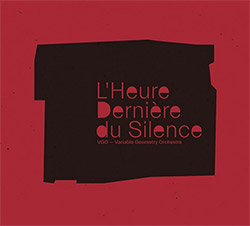
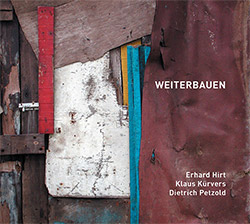
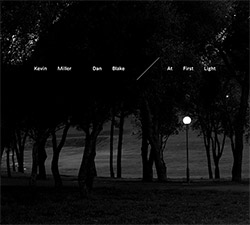
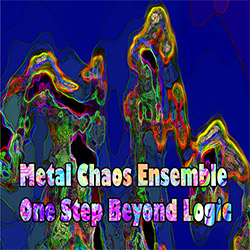
![Barker / Parker / Irabagon: Bakunawa [VINYL]](https://www.teuthida.com/productImages/misc4/35533.jpg)
![Blaser, Samuel / Marc Ducret / Peter Bruun: Dark Was The Night, Cold Was The Ground [VINYL 10-inch]](https://www.teuthida.com/productImages/misc4/35492.jpg)
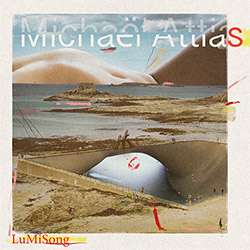
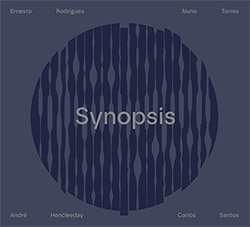
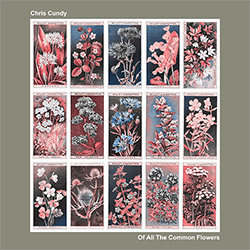
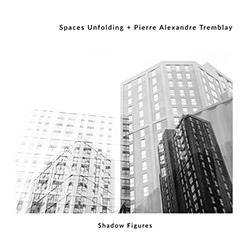
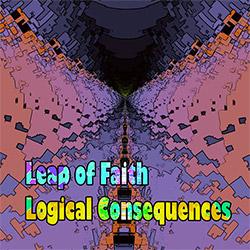
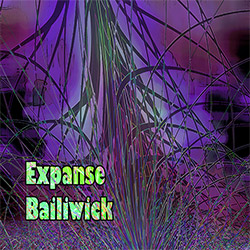
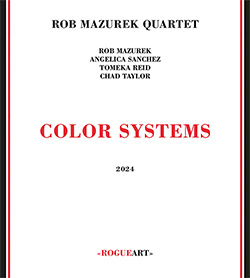
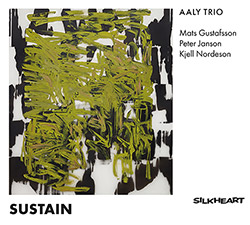
![Warren, Kenny (Warren / Hoffman / Ellman): Sweet World [VINYL]](https://www.teuthida.com/productImages/misc4/35451.jpg)
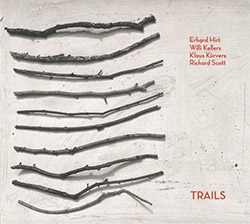
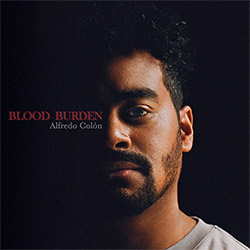
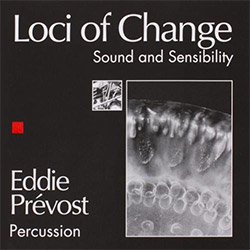
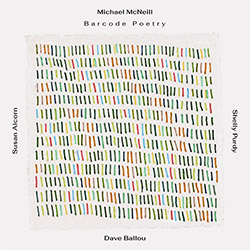
![Blake, Ran / Dave Knife Fabris: Live Amsterdam 2006, First Visit [CD + POSTCARDS]](https://www.teuthida.com/productImages/misc4/35275.jpg)
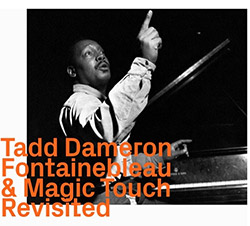
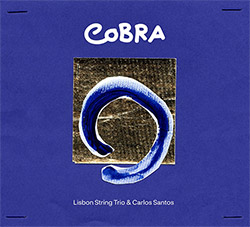
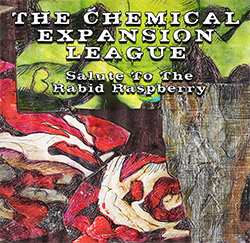
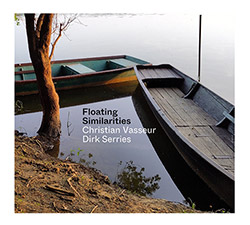
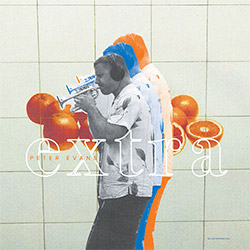
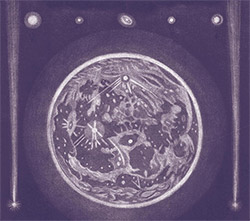
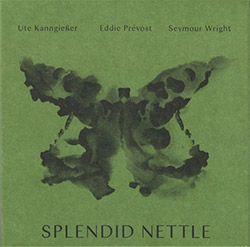
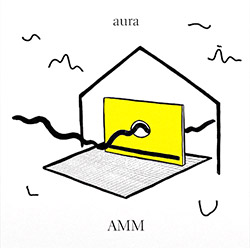
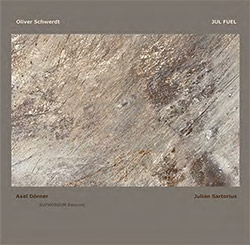
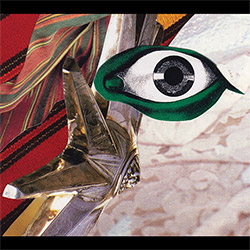
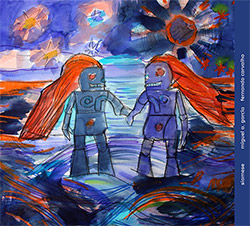
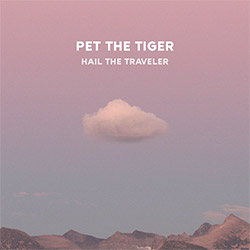
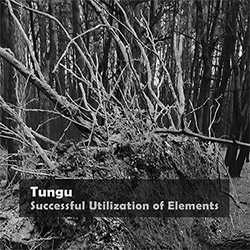
![DNS: Taking Big Bites Of The Khandas Three Cafes Deep [2 CDs]](https://www.teuthida.com/productImages/misc4/35334.jpg)
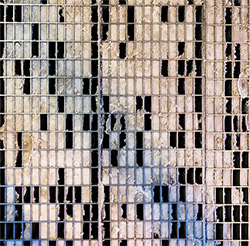
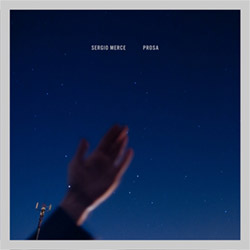
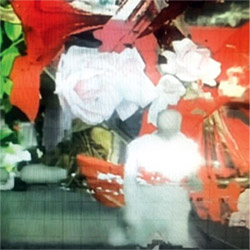
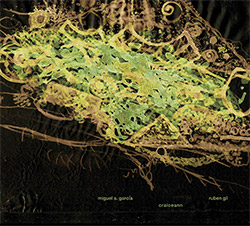
![Cleaver, Gerald: The Process [VINYL]](https://www.teuthida.com/productImages/misc4/34966.jpg)
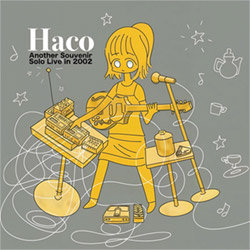
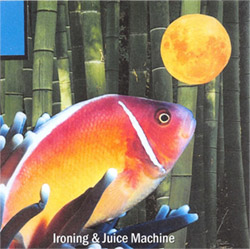
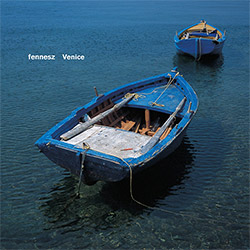
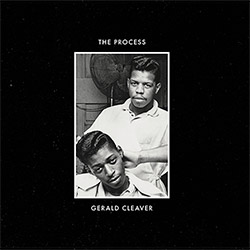
![Alva Noto: HYbr:ID II [VINYL 2 LPs]](https://www.teuthida.com/productImages/misc4/35201.jpg)
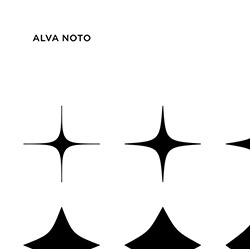
![Baron, Derek / Luke Martin: Distinct and Concealed [CASSETTE + DOWNLOAD]](https://www.teuthida.com/productImages/misc4/35079.jpg)
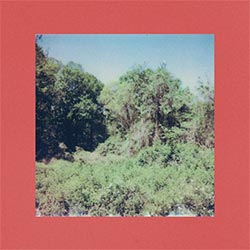
![Lyle, Erica Dawn : Colonial Motels [CASSETTE + DOWNLOAD]](https://www.teuthida.com/productImages/misc4/35080.jpg)
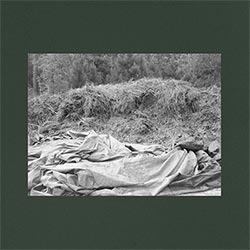
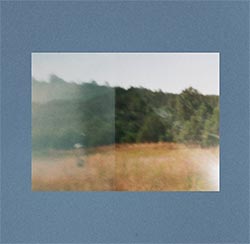
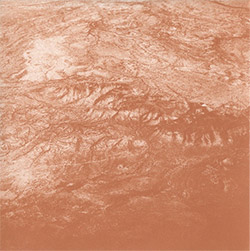
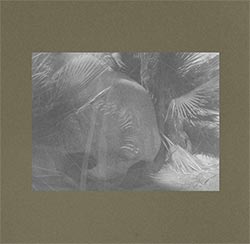
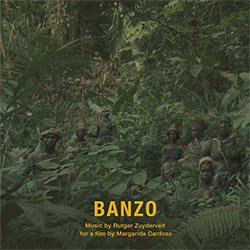
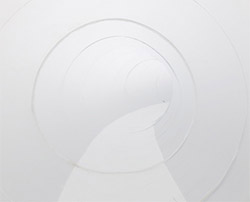
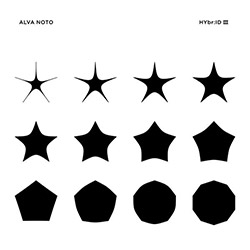
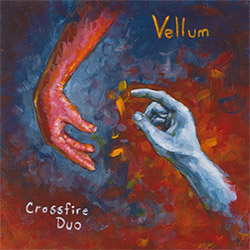
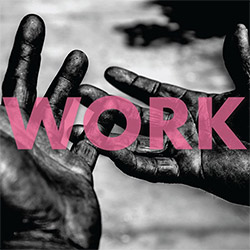
![Sanna, Claudio: Compositori Sardi Contemporanei II [2 CDs]](https://www.teuthida.com/productImages/misc4/35317.jpg)
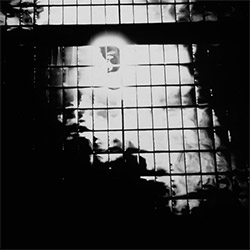
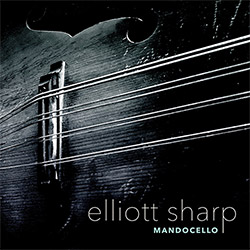
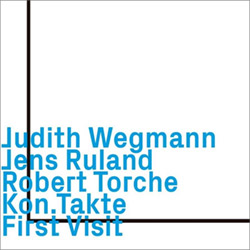
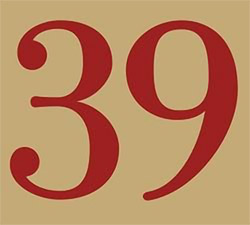
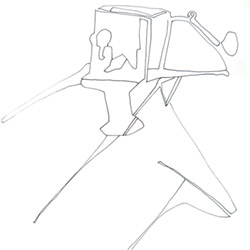
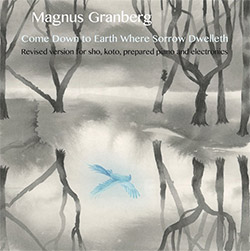
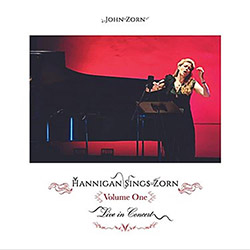
![Zurria, Manuel: Fame di Vento [3 CDs]](https://www.teuthida.com/productImages/misc4/35167.jpg)
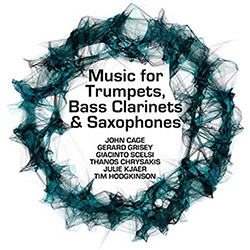
![Granberg, Magnus / Nattens Inbrott / Skogen: Holde Traume, Kehret Wieder! [2 CDs]](https://www.teuthida.com/productImages/misc4/35038.jpg)
![Frey, Jurg: Outermost Melodie [2 CDs]](https://www.teuthida.com/productImages/misc4/35039.jpg)
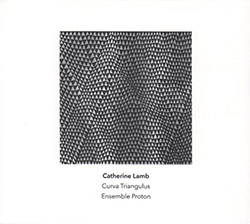
![Pavone, Jessica: Reverse Bloom [VINYL]](https://www.teuthida.com/productImages/misc4/34895.jpg)
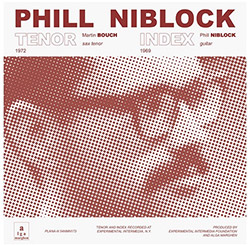
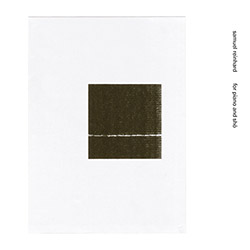
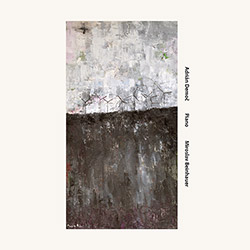
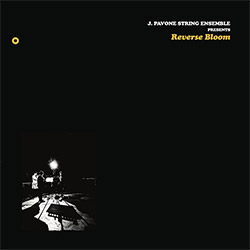
![Modney (Modney / Wooley / Gentile / Roberts / Pluta / Symthe / ...): Ascending Primes [2 CDs]](https://www.teuthida.com/productImages/misc4/34852.jpg)
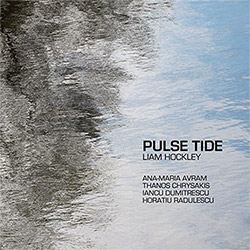
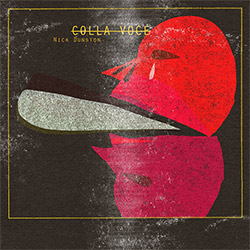
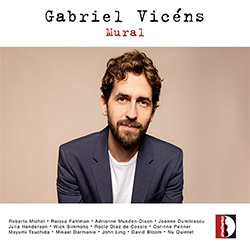
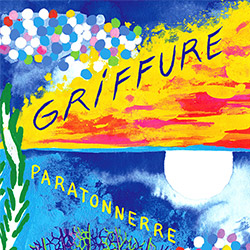
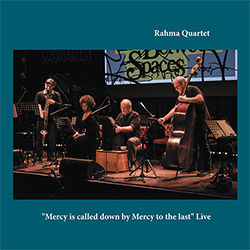
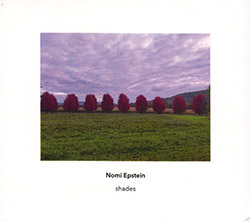
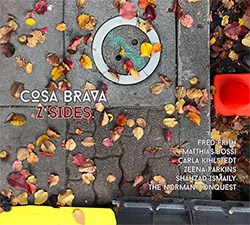
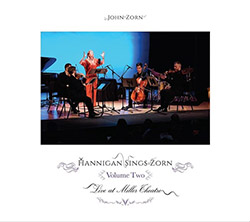
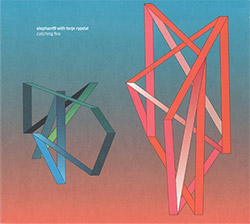
![Elephant9 with Terje Rypdal: Catching Fire [VINYL 2 LPs]](https://www.teuthida.com/productImages/misc4/35355.jpg)
![Deerlady (Obomsawin, Mali / Magdalena Abrego): Greatest Hits [VINYL]](https://www.teuthida.com/productImages/misc4/34876.jpg)
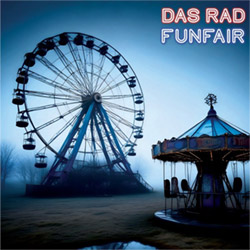
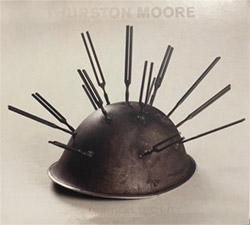
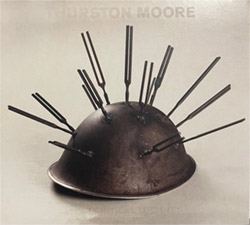
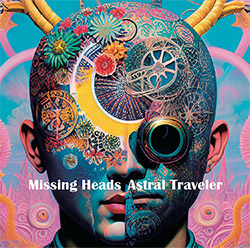
![Haino, Keiji: Black Blues [2 CDs]](https://www.teuthida.com/productImages/misc4/35109.jpg)
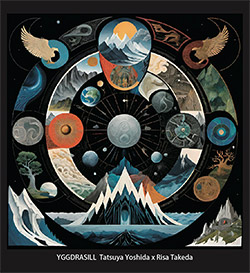
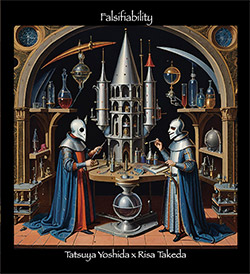
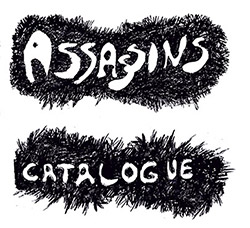
![Surplus 1980: Illusion of Consistency [CD]](https://www.teuthida.com/productImages/misc4/35069.jpg)
![Staiano, Moe: Away Towards the Light [VINYL + DOWNLOAD]](https://www.teuthida.com/productImages/misc4/35037.jpg)
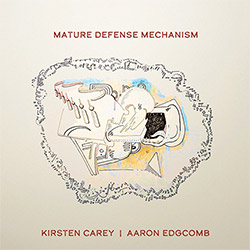
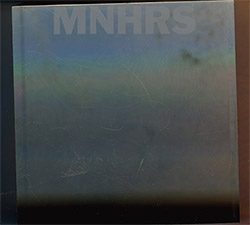
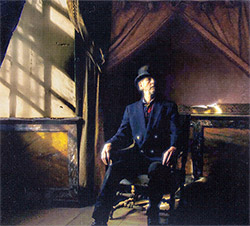
![Caveira (Gomes / Sousa / Abras / Ferrandini): Ficar Vivo [VINYL]](https://www.teuthida.com/productImages/misc4/34643.jpg)
![Gregg, J. J. / David Van Auken: Lunar Prairie [CD w/ DOWNLOAD]](https://www.teuthida.com/productImages/misc4/34611.jpg)
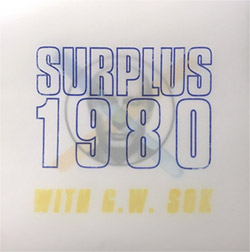
![Coultrain: Mundus [VINYL]](https://www.teuthida.com/productImages/misc4/32439.jpg)
![Mattin: Songbook #6 [VINYL]](https://www.teuthida.com/productImages/misc4/27317.jpg)
![Punkappella: Wake Up [7-inch VINYL]](https://www.teuthida.com/productImages/misc4/17519.jpg)
![Residents, The: WARNING: UNiNC.: Live And Experimental Recordings 1971-1972 [VINYL 2 LPs]](https://www.teuthida.com/productImages/misc4/31521.jpg)
![Coultrain: Phantasmagoria [VINYL]](https://www.teuthida.com/productImages/misc4/30142.jpg)
![Lennon, Sean Ono: Asterisms [VINYL]](https://www.teuthida.com/productImages/misc4/34517.jpg)
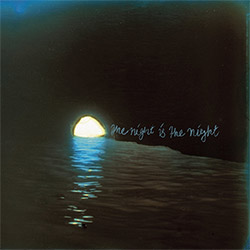
![Coley, Byron: Dating Tips for Touring Bands [VINYL]](https://www.teuthida.com/productImages/misc4/17906.jpg)
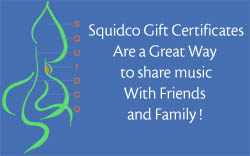
![Lost Kisses: My Life is Sad & Funny [DVD]](https://www.teuthida.com/productImages/misc4/lostKissesDVD.jpg)